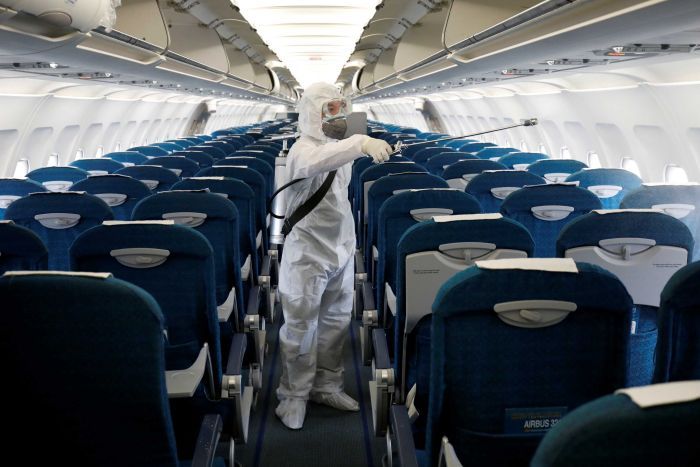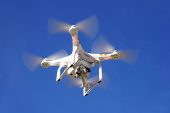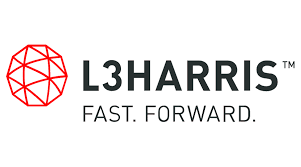
The COVID-19 Pandemic has Unraveled Air Travel
The COVID-19 pandemic has unraveled air travel
The COVID-19 pandemic has unraveled air travel across the globe and turned some of the world’s busiest airports into giant voids. During the early stages of the pandemic, governments urged their citizens to return home as they prepared to close their borders and shut down international air travel completely. Since then, many countries either closed their borders completely or have initiated harsh restrictions on incoming passengers, which has basically decimated passenger demand.
According to travel data provider OAG, the number of scheduled flights during the first week of April 2020 is down 48% compared to the same week last year. For example, on Tuesday April 14th, the Transportation Security Administration (TSA) screened just 87,534 travelers across the country, the smallest number ever. That was down from 2.21 million on the same day a year before, an extraordinary drop of more than 95%. This is true across the globe; it’s estimated that the average foot traffic of a major airport in the world right now is only 20%. Furthermore, in a recent Upgraded Points survey of 1,250 Americans, one in five said they didn’t plan to travel until 2021 at the earliest, other than for essential or business reasons.
The decrease in air traffic and the sharp decline in the number of passengers has brought airport operators to adapt their security and safety operations as well. Furthermore, when restrictions are loosened they will have to again modify their operations, specifically in terms of security and safety measures to accommodate the new norm of flying while adhering to social distancing and other important steps that will need to be taken. One-way airports are dealing with the new situation is by implementing technological solutions to increase safety and security.
The most widespread technological solution seems to be the use of full-body infrared thermal screening systems, handheld infrared thermometers and ear gun thermometers. These solutions assist in spotting fevers caused by infections such as CoV, swine flu, and influenza (such as H1N1). Thermal screening is performed using mass-screening systems that measure the skin temperature at high-speed using thermal imaging and temperature measurement equipment. If a person is spotted with a fever airport personnel can isolate them from the rest just in case they are infected. It should be mentioned that there is some controversy over these solutions as they were also used in the 2003 SARS epidemic and later during the 2009 bird flu epidemic and didn’t prove to be entirely accurate. The main risk is that they will flag up passengers who have a different type of infection, while missing those who are truly incubating the virus but haven’t started to show symptoms yet, which can take up to 14 days.
Additional security and safety measures that airport operators have been taking across the globe include:
- Designation of separate gates for all passengers arriving from hard struck countries. Most airports have used additional screening methods at those gates as well.
- Airport employees have been directed to closely monitor passengers arriving from hard-hit countries and report any signs of respiratory disease to airport security.
- Requiring passengers to fill a questionnaire to enable officials to identify any suspected cases.
- The European Union Aviation Safety Agency (EASA) recommended airlines to provide Universal Protection Kits to crews flying to and from the infected countries.
- Boosting deep cleaning routines in the terminal, including restrooms, people movers, authority offices and other common areas.
- Increased cleaning frequencies at all high-touchpoint areas including handrails, elevator buttons, door handles, tables, public desks, and chairs.
Want to better understand what is happening in your market? Are you interested in receiving updates on new exit strategies countries across the globe are implementing? Are you planning ahead so you know how to act once the crisis is mitigated? Make sure you use this time effectively to gather valuable information on your market, your competitors, and your customers.
Contact HSRC today to better understand these new measures. Don’t sit back and wait until it is all over or it might be too late. Need help from the experts? info@homelandsecurityresearch.com

















